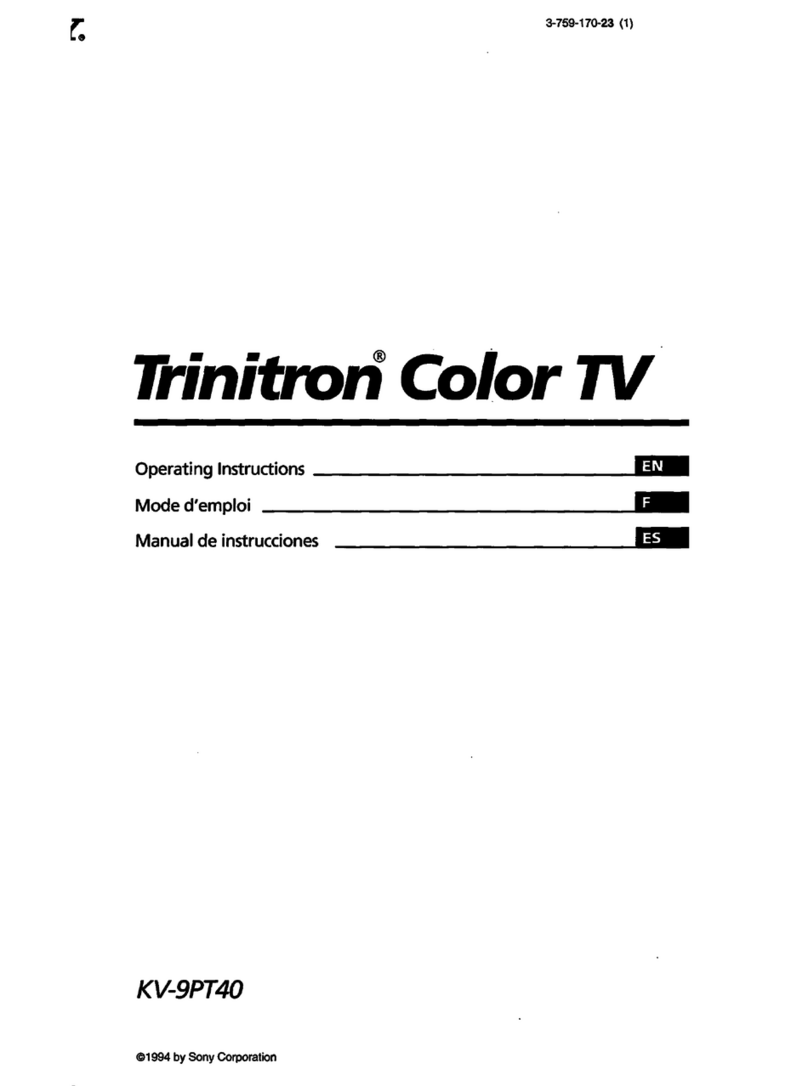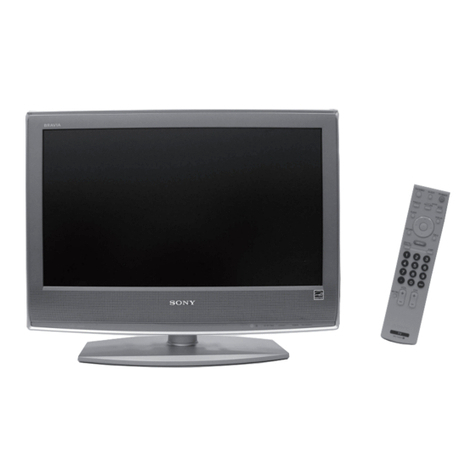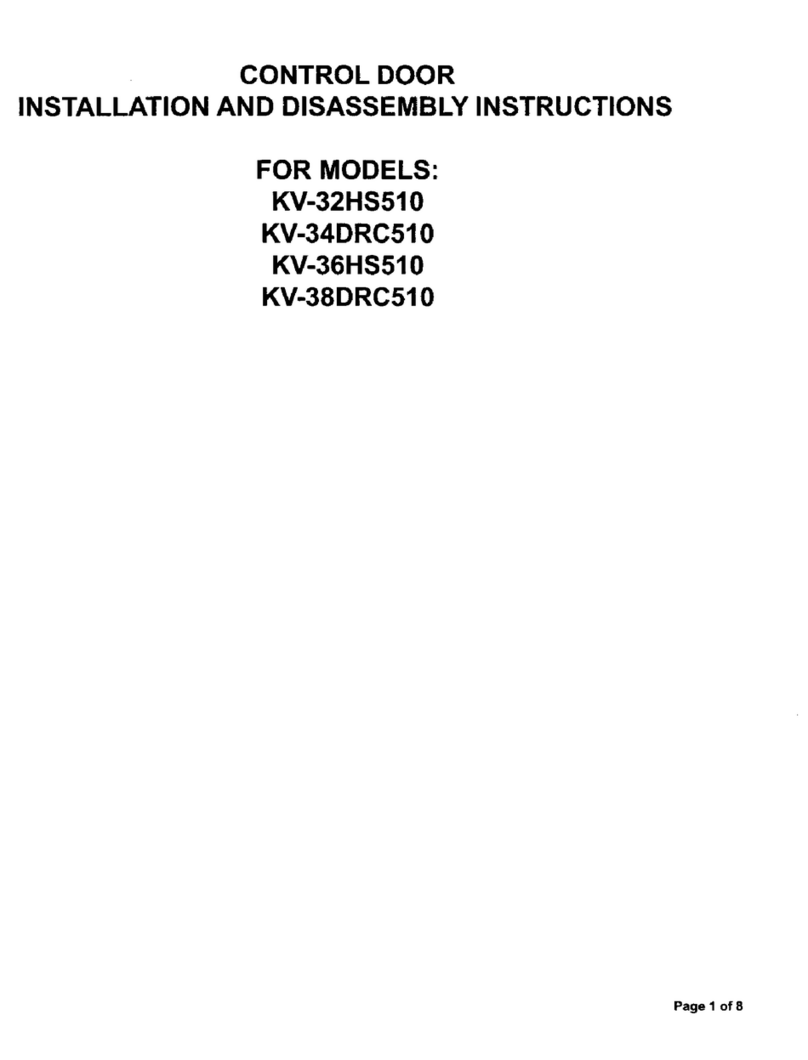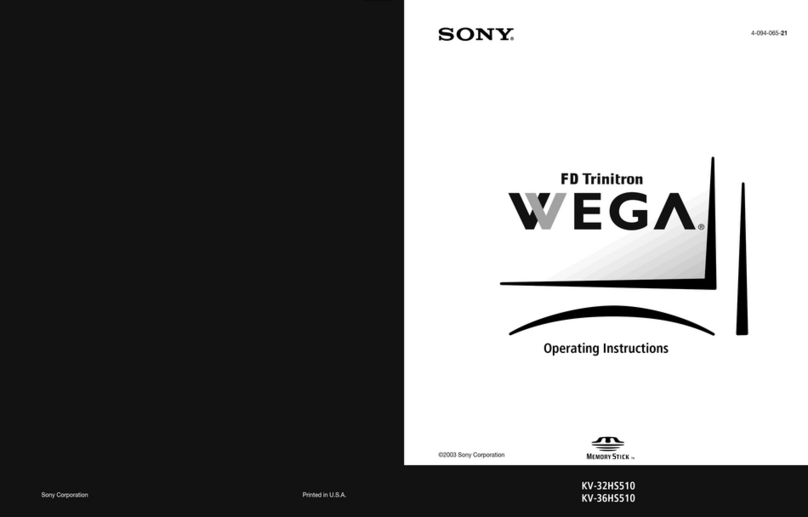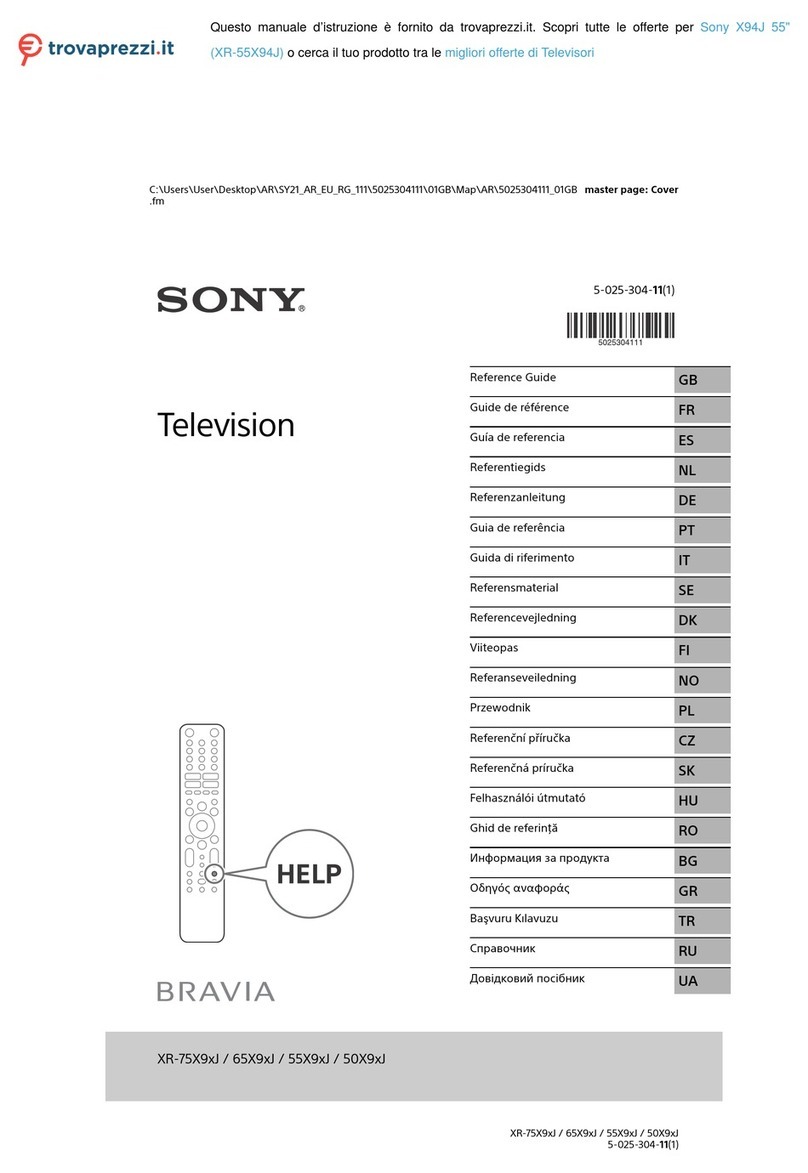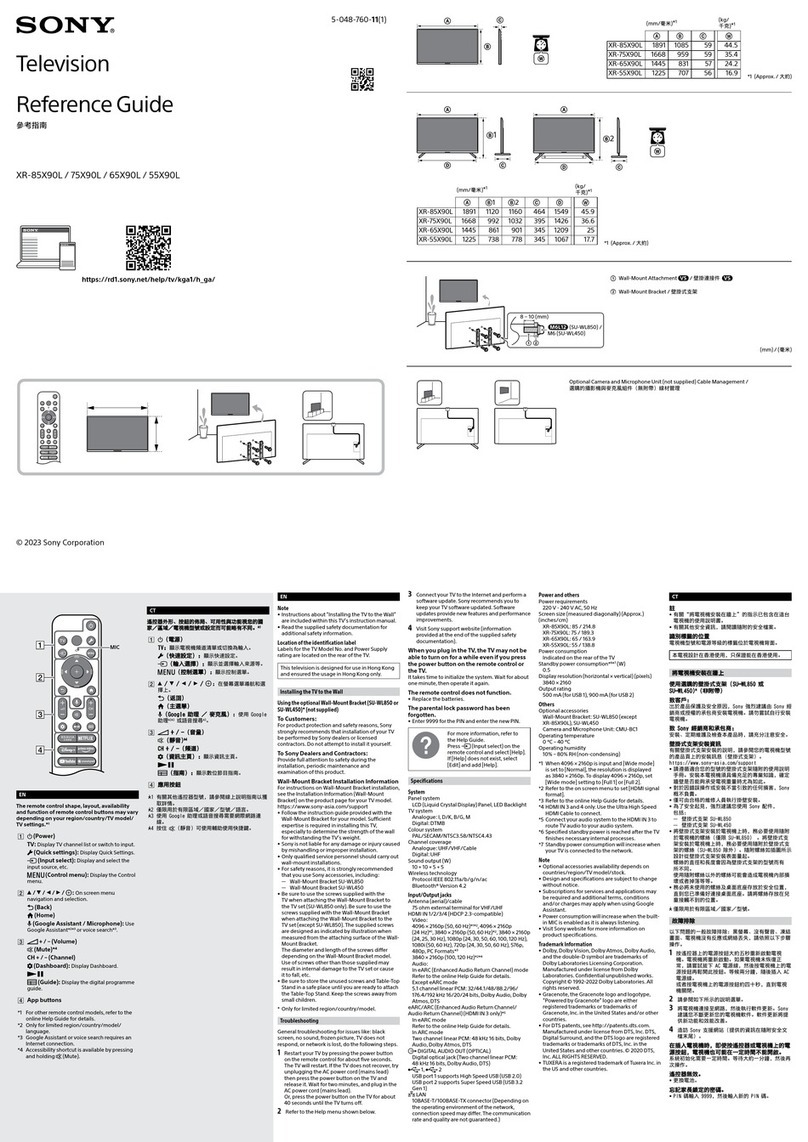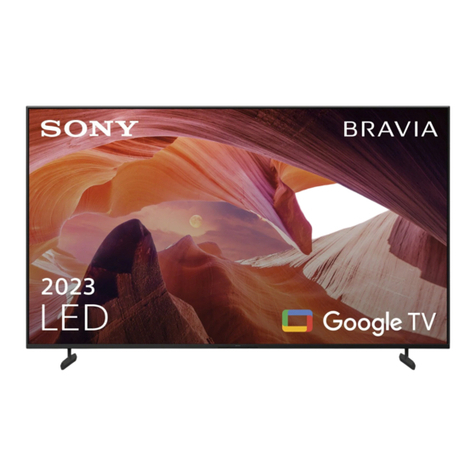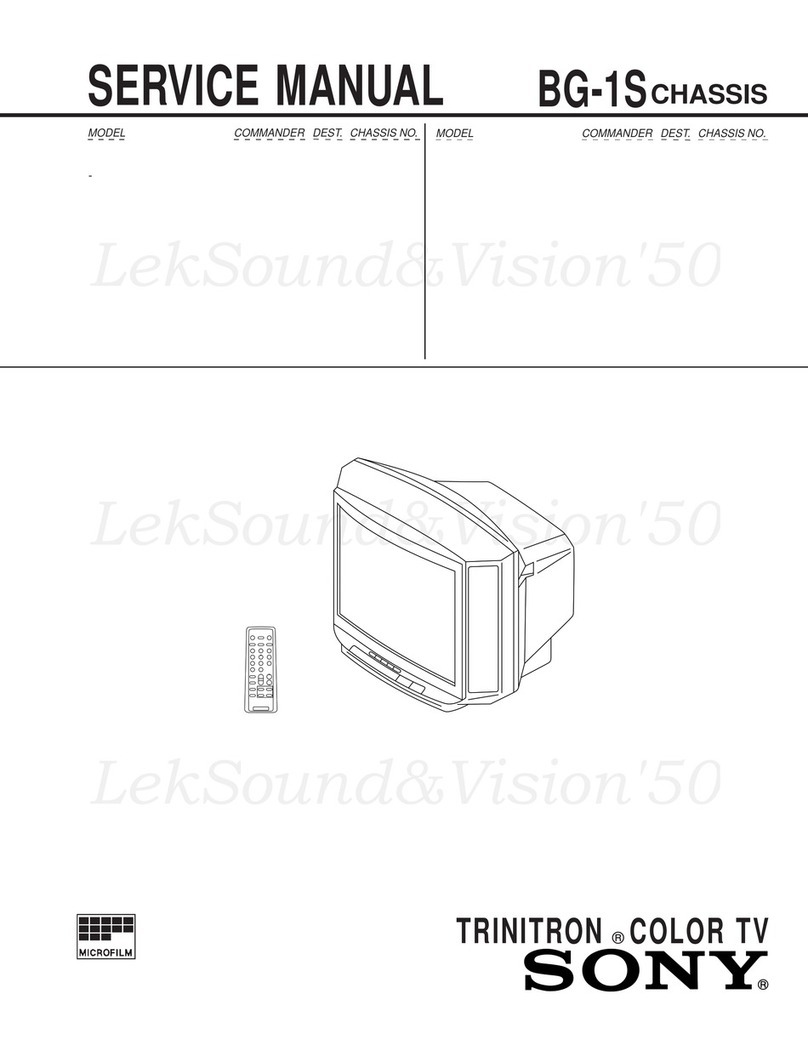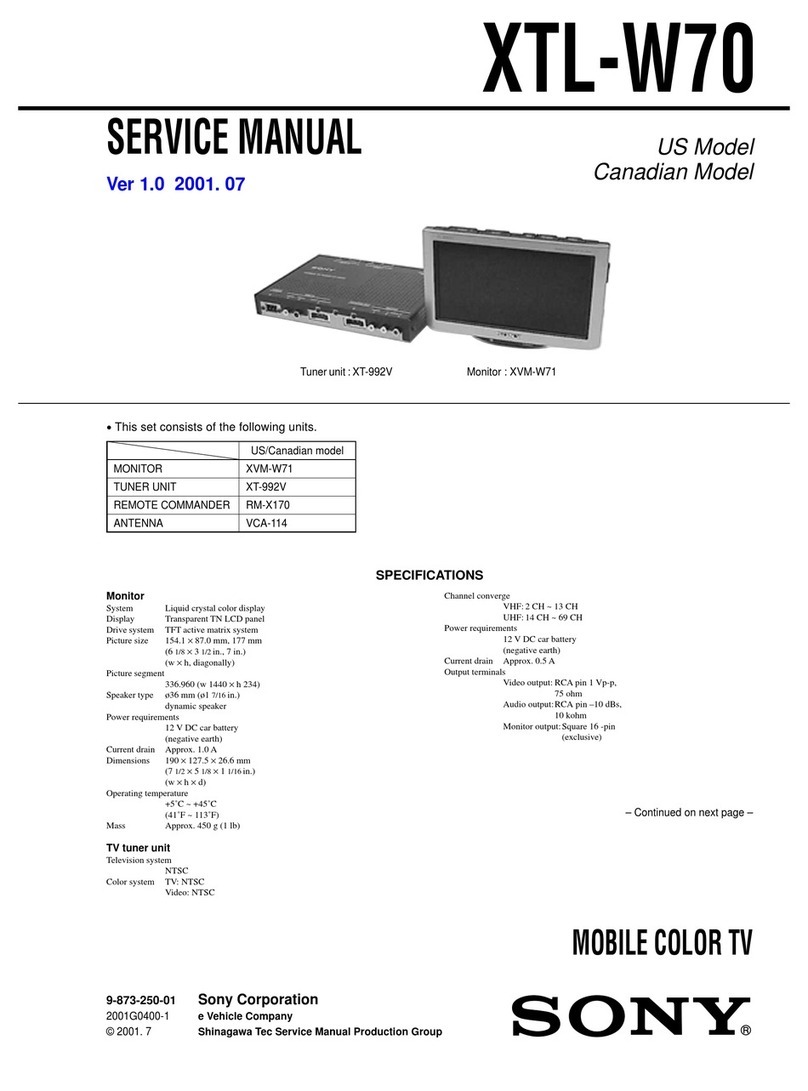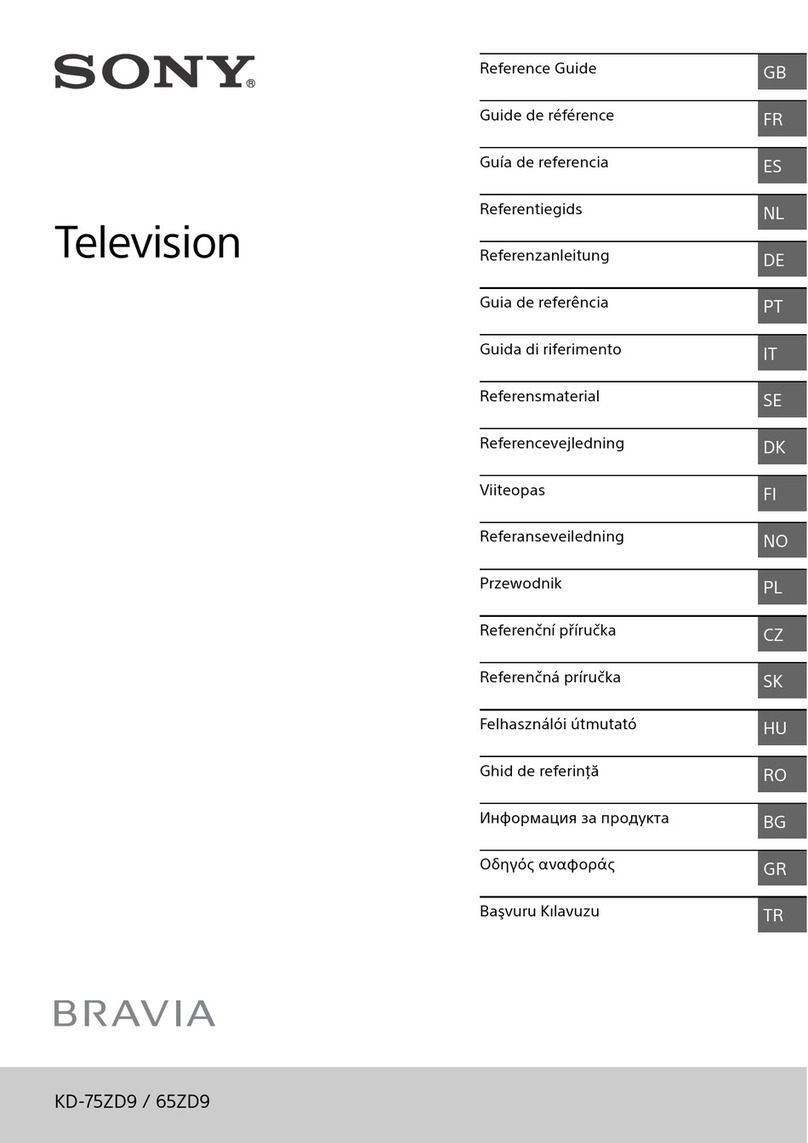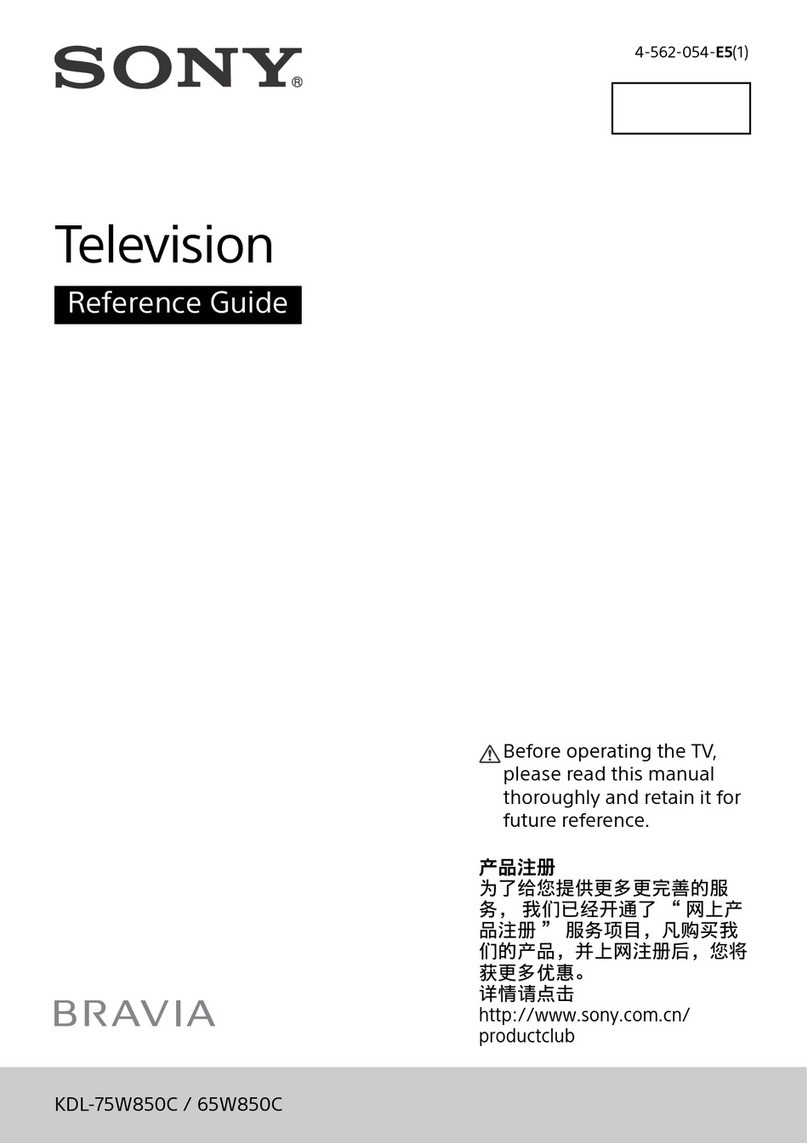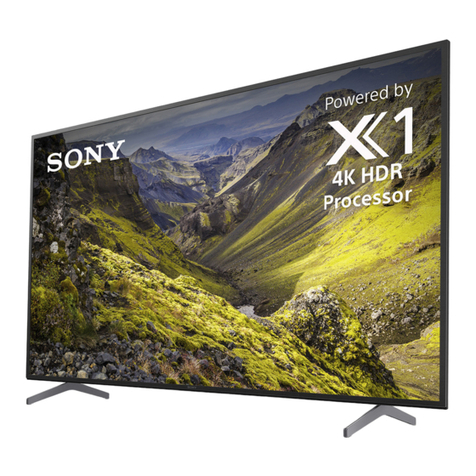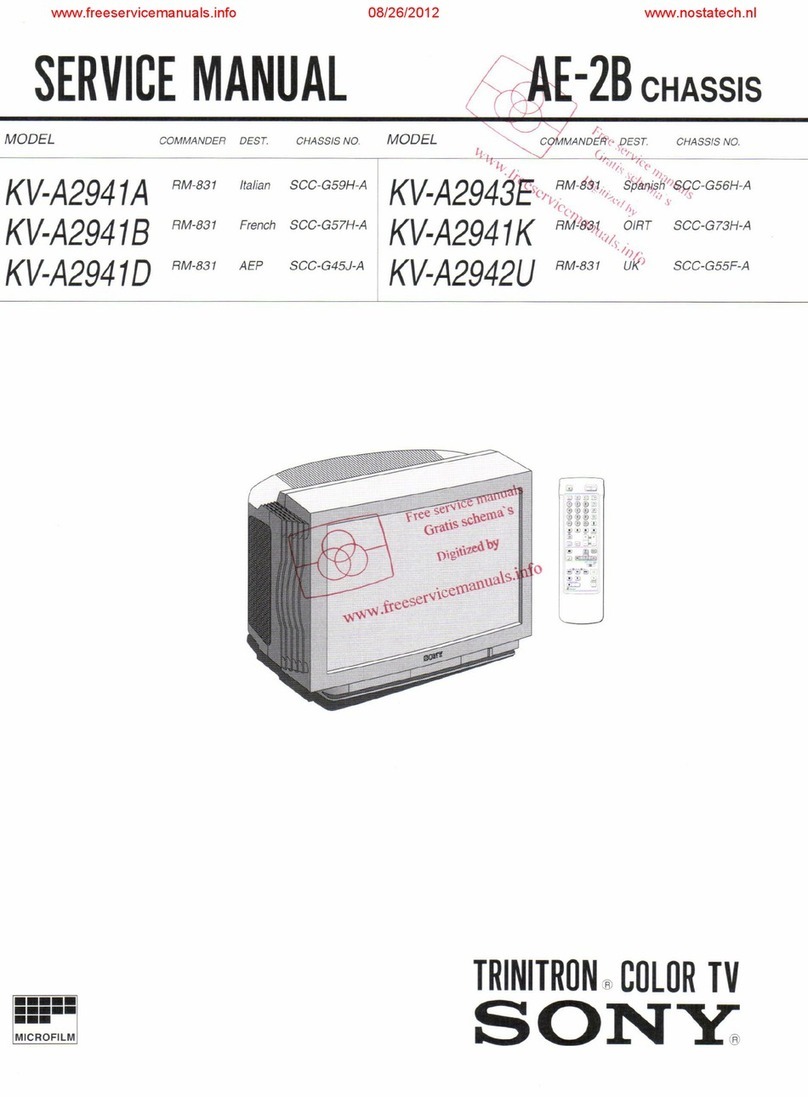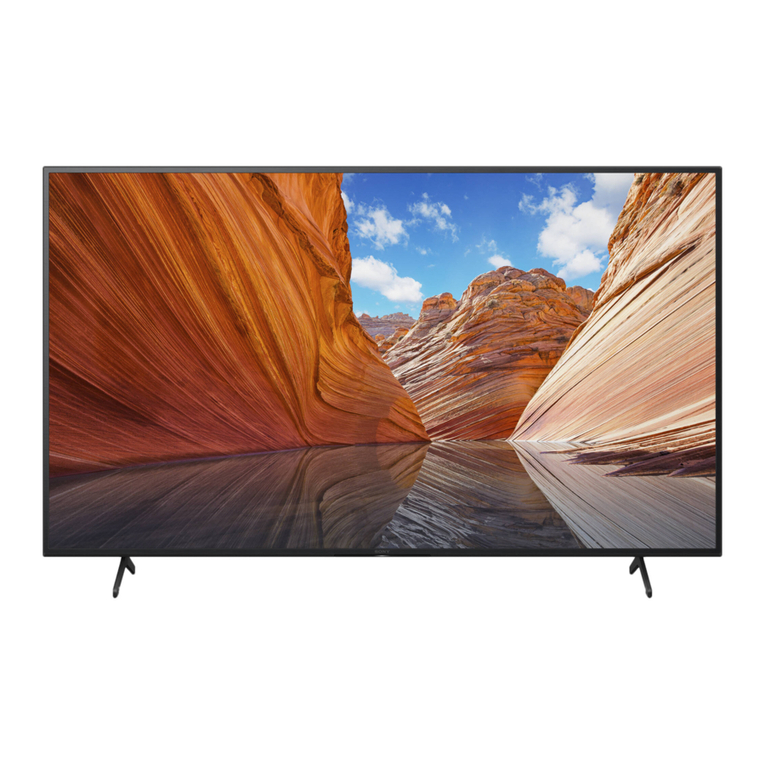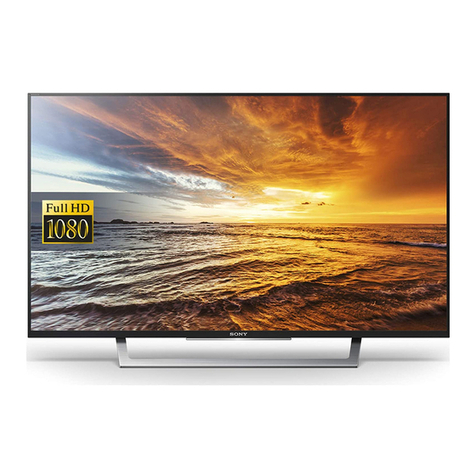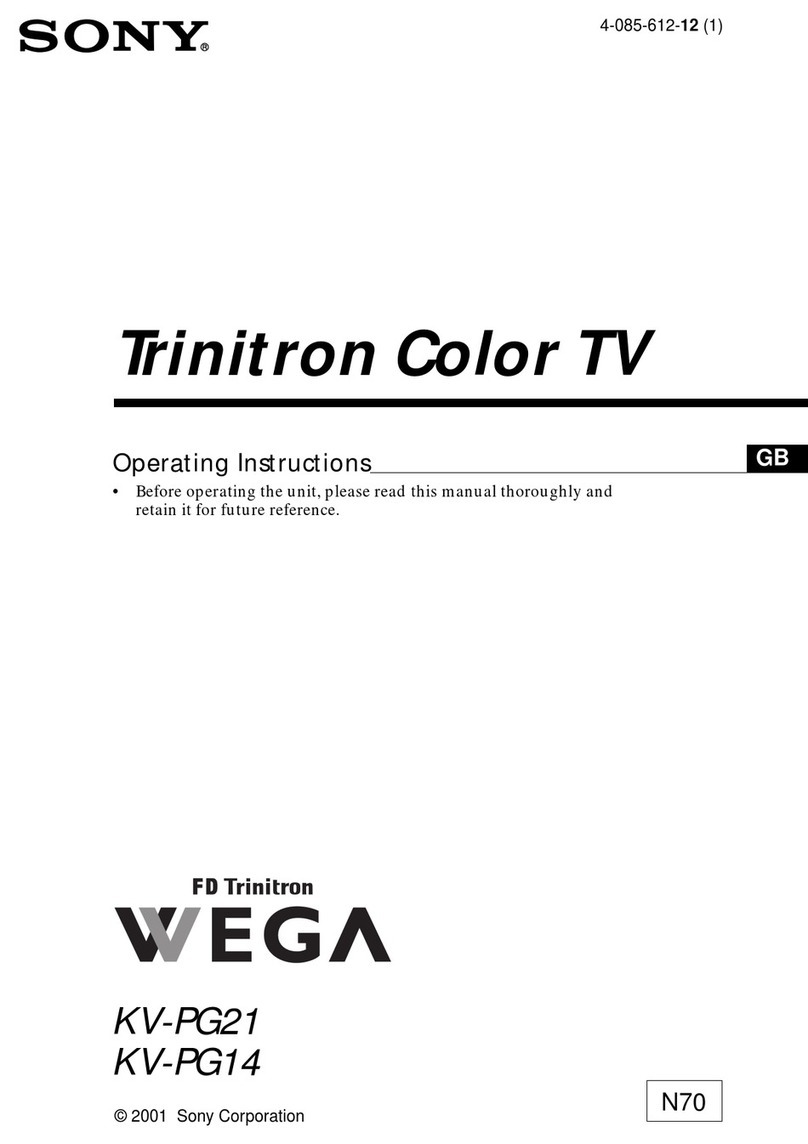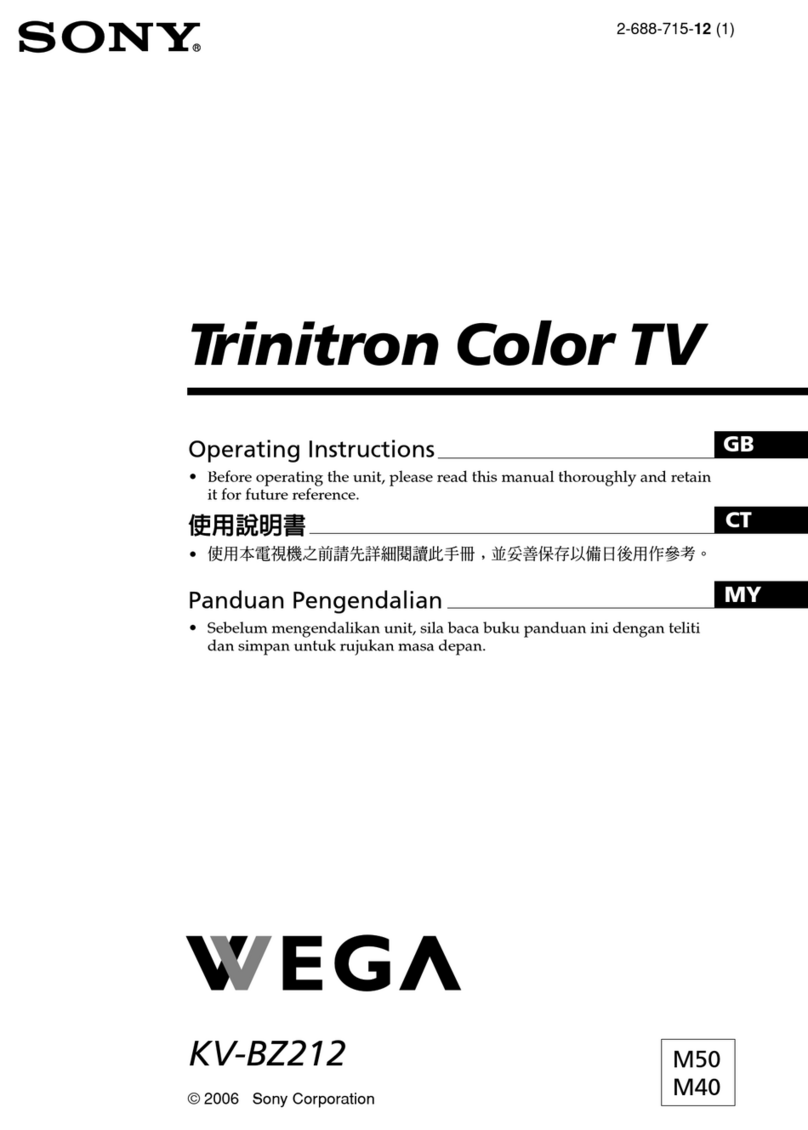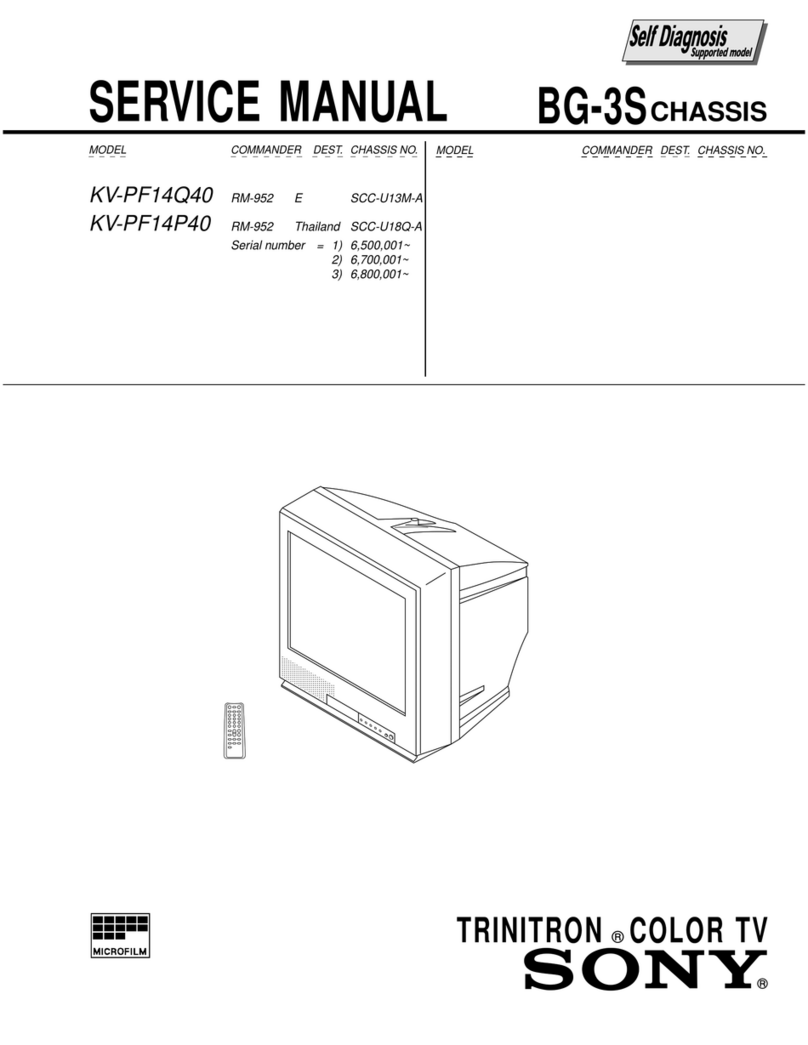
FCC
Related
Information
This
equipment
has been tested and found
to
comply
with
the limits
for
a
Class
B digital device, pursuant
to
Part
15
of
the
FCC
Rules. These limits are designed
to
provide
reasonable protection against harmful interference in a
residential installation. This equipmentgenerates, uses and
can radiate radio frequency energy and,
if
not
installed and
used in accordance
with
the
instructions, maycause
harmful interference
to
radio communications. However,
there
is
no
guarantee
that
interference will
not
occur in a
particular installation.
If
this
equipment
does cause harmful
interference
to
radio
or
television reception, which can be
determined
by
turning
the
equipment
off
and on,
the
user
is encouraged
to
try
to
correct the interference
by
one
or
more
of
the
following measures:
• Reorient
or
relocate
the
receiving antenna.
·•
Increase the separation between
the
equipment and
receiver.
• Connect the
equipment
into
an outlet on a circuit
differentfrom
that
to
which the receiver
is
connected.
• Consult
the
dealer
or
an experienced radio/TV technician
for
help.
Pursuant
to
FCC
regulations, you are cautioned
that
any
changes
or
modifications
not
expressly approved in this
manual could void your authority
to
operate this
equipment.
Safety
and
Regulatory
This device complies
with
Industry Canada licence-exempt
RSS
standard(s}. Operation
is
subject
to
the
following
two
conditions:
(1)
this device may
not
cause interference, and
(2) this device
must
accept any interference, including
interference
that
may cause undesired operation
of
the
device.
To
prevent radio interference
to
the licensed service, this
device
is
intended
to
be operated indoors and away from
windows
to
provide maximum shielding. Equipment (or its
transmit antenna)
that
is
installed outdoors
is
subject
to
licensing.
Only use Wireless
LAN
indoors when using
it
with
IEEE
802.11a
(5
GHz).
This equipment complies
with
FCC/IC
radiation exposure
limits set forth
for
uncontrolled equipment and meets the
FCC
radio frequency
(RF)
Exposure Guidelines in
Supplement C
to
OET65
and
RSS-102
ofthe
IC
radio
frequency
(RF)
Exposure rules. This
equipment
has very
low
levels
of
RF
energy
that
it
deemed
to
comply
without
maximum permissive exposure evaluation
(MPE).
But
it
is
desirable
that
it
should be installed and operated
with
at
least 20
em
and more between the radiator and person's
body(excluding extremities: hands, wrists, feet and
ankles).
This device and its antenna(s) must
not
be co-located or
operating
with
any other antenna ortransmitter except
Grant condition.
Note
This television includes a
QAM
demodulatorwhich should
allow you
to
receive unscrambled digital cable television
programming via subscription service
to
a cable service
provider. Availability
of
digital cable television
programming in your area depends on the type
of
programming and signal provided by your cable service
provider.
Before
setting
up
your
TV
Some
TV
models are packaged
with
a detached Table-Top
Stand so you can
mount
your
TV
to
a wall right away.
See
page
17
(Installing
the
TV
to
the
Wall)
if
you
want
to
mount
the
TV
to
a wall.
If
you are
not
mounting
the
TV
to
a wall,
you will need
to
attach the Table-Top Stand.
You
will need a
Phillips screwdriver (not supplied) and
the
supplied screws
to
complete
the
task. Look
for
the supplied Table-Top Stand
instruction leaflet.
Be
sure
to
consider
the
following while setting
up
your
TV:
• Disconnect all cables when carrying the
TV.
• Carry the
TV
with
the adequate
number
of
people; larger
size
TVs
require
two
or
more people.
• Correct hand placement while carrying
the
TV
is very
important
for
safety and
to
avoid damage.
• Ensure your
TV
has adequate ventilation,
see
page
18.
Ill
•
For
best picture quality, do
not
expose
the
screen
to
direct
illumination
or
sunlight.
• Avoid installing the
TV
in a room
with
reflective wall and
floor
materials.
• Avoid moving
the
TV
from a cold area
to
a warm area.
Sudden room temperature changes may cause moisture
condensation. This may cause
the
TV
to
show
poor
picture
and/or
poor
color. Should this occur, allow
moisture
to
evaporate completely before powering the
TV
on.
Securing
the
TV
Sony strongly recommends taking
measures
to
prevent
the
TV
from
toppling
over.
Unsecured
TVs
may
topple
and result
in property damage, serious bodily
injury or even death.
Preventing
the
TV
from
Toppling
• Secure
the
TV
to
a wall
and/or
stand.
•
Do
not
allow children
to
play
or
climb on furniture and
TV
·sets.
• Avoid placing
or
hanging items on
the
TV.
• Never install the
TV
on:
-slippery,
unstable
and/or
uneven surfaces.
-furniture
that
can easily be used
as
steps, such
as
a
chest
of
drawers.
• Install the
TV
where
it
cannot be pulled, pushed,
or
knocked over.
• ·Route all
AC
power
cords and connecting cables
so
that
they
are
not
accessible
to
curious children.
Recommended
Measures
to
Secure
the
TV
Consider the following measures when securing your
TV
to
a Stand
(not
supplied).
1 Secure
the
Stand
for
the
TV.
Make sure
the
Stand can adequately support the
weight
of
the
TV.
Use
two
angle braces (not supplied)
to
secure
the stand.
For
each angle brace use the appropriate
hardware to:
• Attach one side
of
the angle brace
to
the
wall stud.
• Attach
the
other side
to
the Stand.
~---~•·
Angle brace
(not supplied)
Stand
JUS
